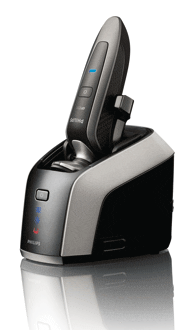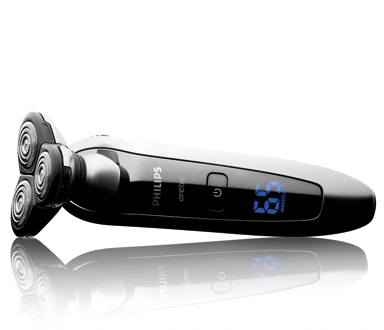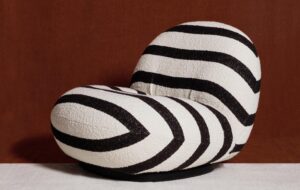

I was born to test razors. My stubble has the kind of potential that would make a mullah weep with envy. In testing the new Philips Arcitec, I’m not the crash test dummy, I’m the wall. So will this be a case of the unstoppable force meeting the immovable object?
Before we find out, what’s in a name? Like “design”– sweepingly appropriated by big business and government bureaucrats alike – “architect” is a popular word these days. More importantly, it’s bankable. It conveys coolness with a touch of gravitas. Try misspelling it in Google and you’ll find all manner of products: computer software, chopping boards, bathroom sinks… a urinal.
But why would you want an architect to slice off your bristles? Is it the creative ingenuity, the attention to detail, the reassuring expensiveness? Or is it just that, like an architect, a shaver may burn you but is unlikely to draw blood?
The electric shaver is the marketeer’s dream. In terms of product development, the wet razor has reached the point where the only thing left to do to it is screw it up – although I daresay the Solaris, a solar-powered prototype with seven blades, is already being passed around the Gillette boardroom table. By contrast, the electric shaver, a piece of – hushed whisper – “technology”, exists in a state of perpetual evolution.
The Arcitec has come a long way from Dieter Rams’ Sixtant shaver for Braun of 1962. That had the pleasing simplicity of a fat iPod. Its Bauhaus-inspired form-follows-function boxiness represented the technical apogee of the moment. In contrast, the Arcitec’s “ergonomic” body has a touch of Art Deco streamlining. The brushed steel and matt-black rubber are as lovingly sculpted as a Brancusi bird, while its three flexing and pivoting heads and LED display announce that this is a sophisticated piece of machinery. In fact, it looks like it could be a light sabre with the safety catch on.
So what’s changed since the days of Rams? Quite simply the notion of function itself. Thanks to advertising, men’s faces become more sensitive every year – they’ve become contoured landscapes surfaced with society’s most valuable material: perfect skin. Our faces need more function, not less. We don’t want Rams’ universality, we want the specific – or, wherever possible, the bespoke. And so a gizmo’s form has, however subtly, to convey a sense of technical wizardry. By all means hide the mechanics but let it be known that Nobel-winning scientists have laboured over them.
So does this marvel of modern engineering work? Does it bollocks. But, then, none of them do – not on my landscape, anyway. To be fair, the first time I used it I’d made the critical mistake of letting the stubble get too long. No matter how hard I went at it, I couldn’t remove the last shreds of what was now a very patchy beard. I looked like I had radiation sickness, so I finished with a wet shave. The next time I fared better, but the Arcitec still couldn’t come to terms with the area under my jaw. I had a wet shave for dessert.
Shame. It looks like it should work. It even sounds like it should work – a screech of knives sharpening, reminiscent of Ridley Scott’s alien in its death throes. But even assuming it works for less hirsute gentlemen, they’d need to clear some room in their life for this gadget. Not just room on the shelf – since it comes with a docking station that automatically lowers it into a vat of cleaning fluid, and a coffin-like Power Pod for travelling, which alone is bigger than most sponge bags – but also in the diary, since the Arcitec requires almost as much maintenance as a car. With all the charging, cleaning and replacing of cleaning fluid, it’s easy to imagine how your life might start to revolve around this machine. Maybe this is why every young man about town is sporting a doormat on his face.
The Philips Arcitec is £169.99













